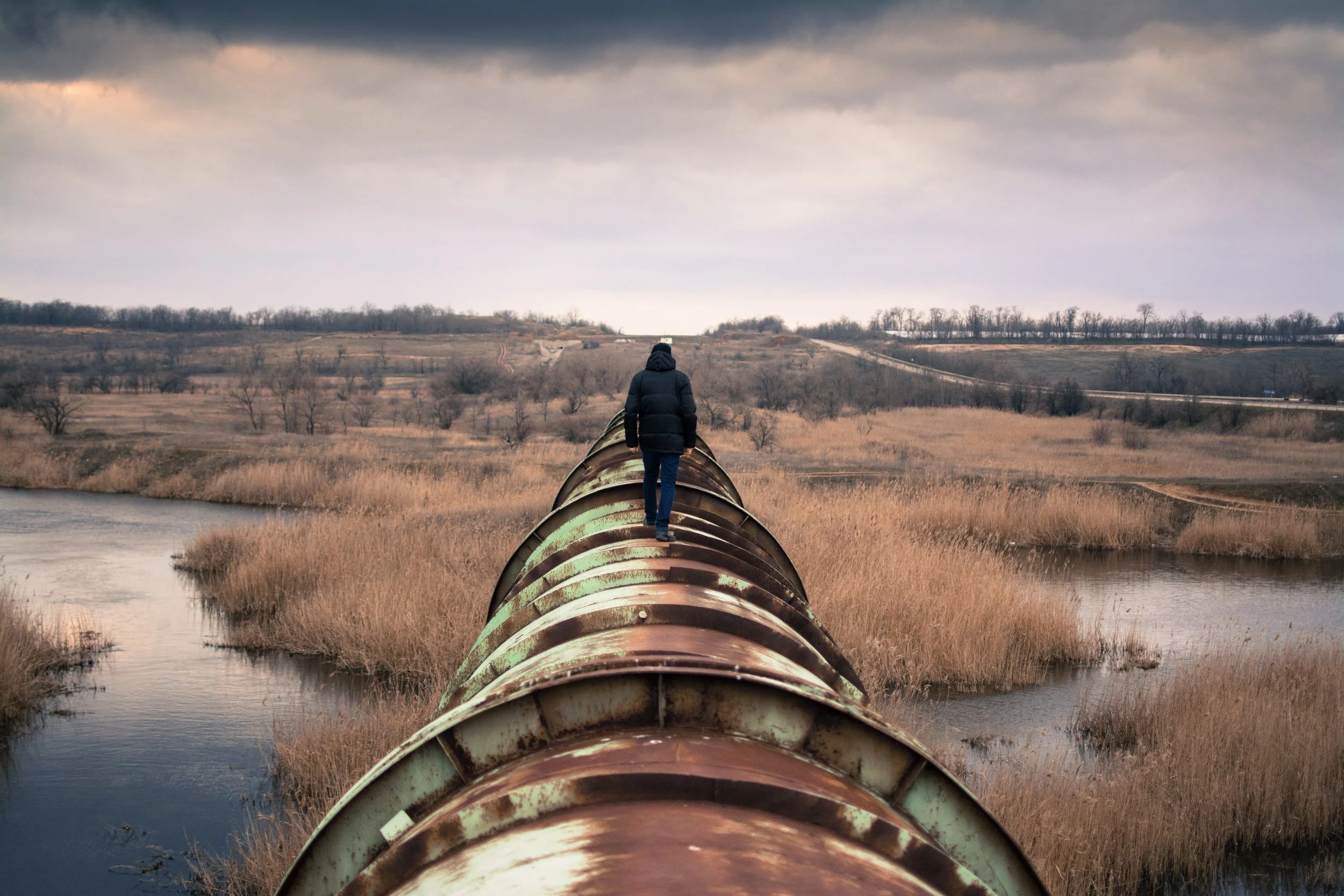Climate-Induced Displacement: Building Resilience Before Crisis Strikes
Communities at the crossroads — where ageing infrastructures meet the pressing challenges of a changing climate.
Climate change is no longer a distant scenario — it is a lived reality for communities around the globe. The Geneva-based Global Humanitarian Forum (GHF) estimates that climate change already accounts for around 315,000 deaths each year, largely through hunger, illness, and extreme weather-related disasters. By 2030, this figure could rise to half a million annually, with economic losses approaching US$340 billion per year.
In 2024, the World Meteorological Organization recorded more than 600 extreme weather events, 148 of them unprecedented. These included the floods in Libya, wildfires in Hawaii and southern Europe, and record-breaking heatwaves across multiple continents. Collectively, such events displaced approximately 824,000 people and claimed 1,700 lives.
While these numbers are sobering, they represent more than statistics. Behind each is a community whose routines, livelihoods, and security were disrupted — sometimes permanently. In certain instances, entire neighborhoods or towns were abandoned in minutes, with residents forced to relocate to improvised shelters that were never designed for prolonged habitation.
This is not just a challenge for distant geographies. Southern European countries are already experiencing prolonged heatwaves, drought conditions, and water shortages — not in remote or “exotic” locations, but in areas that until recently enjoyed relative climate stability. In some cases, these pressures are compounded by inadequate infrastructure, leaving populations — particularly the elderly — more vulnerable. If such conditions persist or intensify, it is conceivable that some citizens may begin to look beyond their own borders for more hospitable living conditions, creating new patterns of internal and cross-border migration within Europe.
These trends highlight the need to address structural issues alongside immediate contingencies. Short-term adaptation measures will not suffice unless they are matched by long-term investments in climate-resilient infrastructure, sustainable water management, and urban planning that takes account of shifting demographic realities.
Equally important is raising awareness about climate crises. Educating the public about preventive measures and actions to take during emergencies is crucial. This can be achieved through town hall meetings, open discussions, drills, and the dissemination of clear guidelines and instructions.
Much like shelters designed for other high-impact risks, such as nuclear fallout or large-scale civil unrest, climate-resilient shelters and systems require more than walls and roofs. They must be designed with clear operational protocols for occupancy, safety, and resource use; long-term sustainability in terms of ventilation, water, sanitation, and energy; cultural and social adaptability, recognizing that displaced communities are often diverse in language, customs, and needs.
For governments, private operators, and communities alike, the challenge is to integrate such thinking into long-range risk management and continuity planning — before a crisis makes the need inescapable.
As extreme weather events continue to intensify, the conversation must expand beyond immediate relief. Resilience is not built in the days after disaster strikes, but in the years before.
